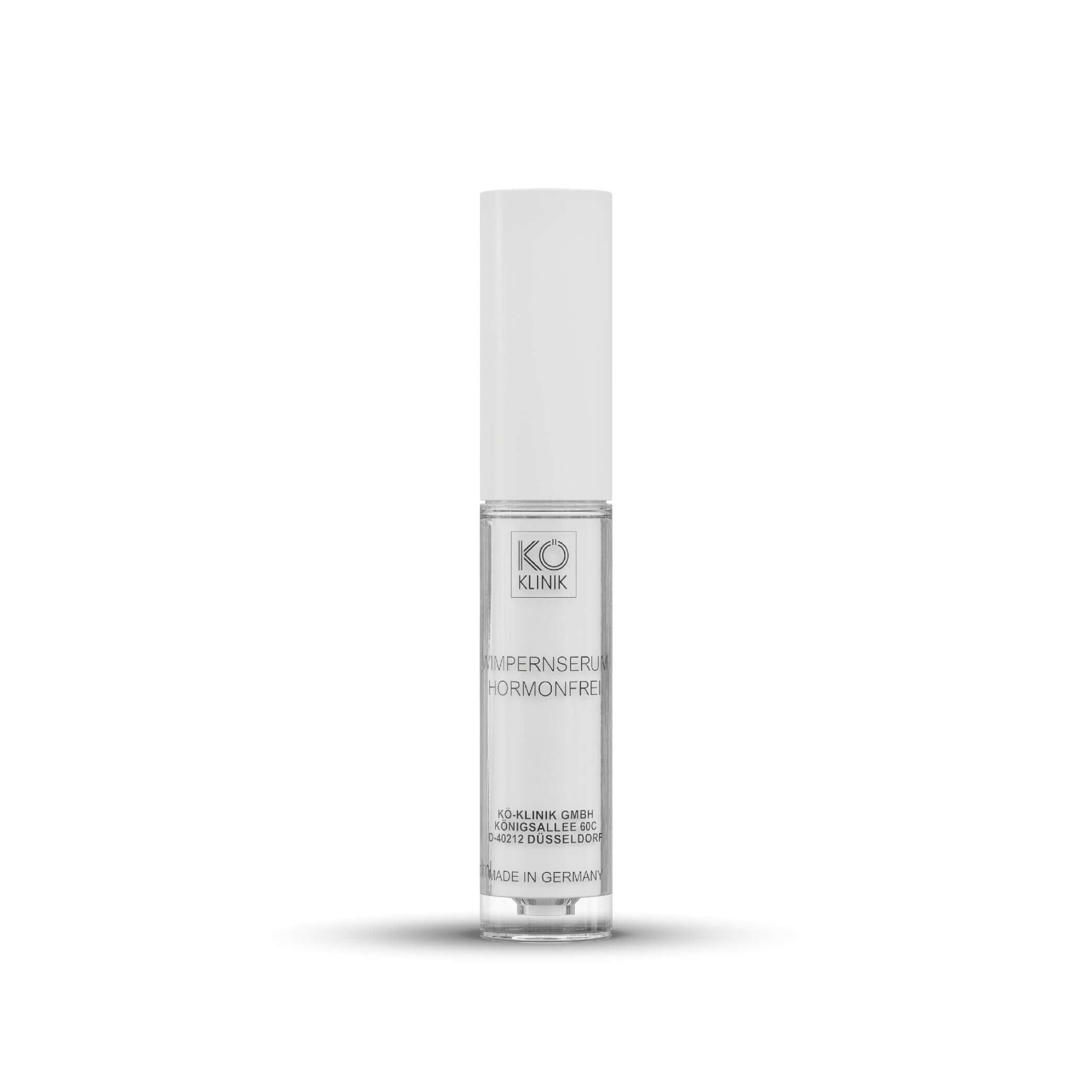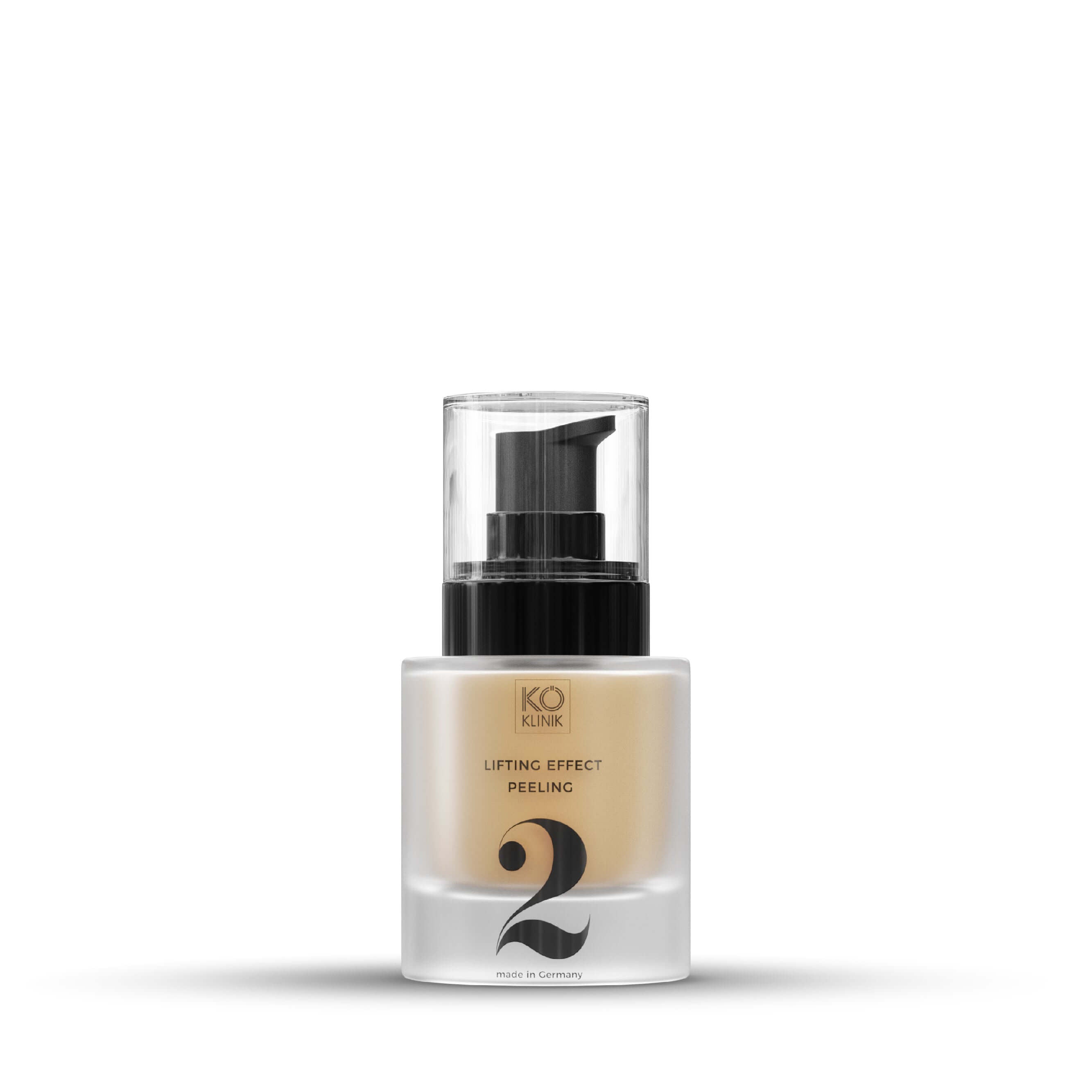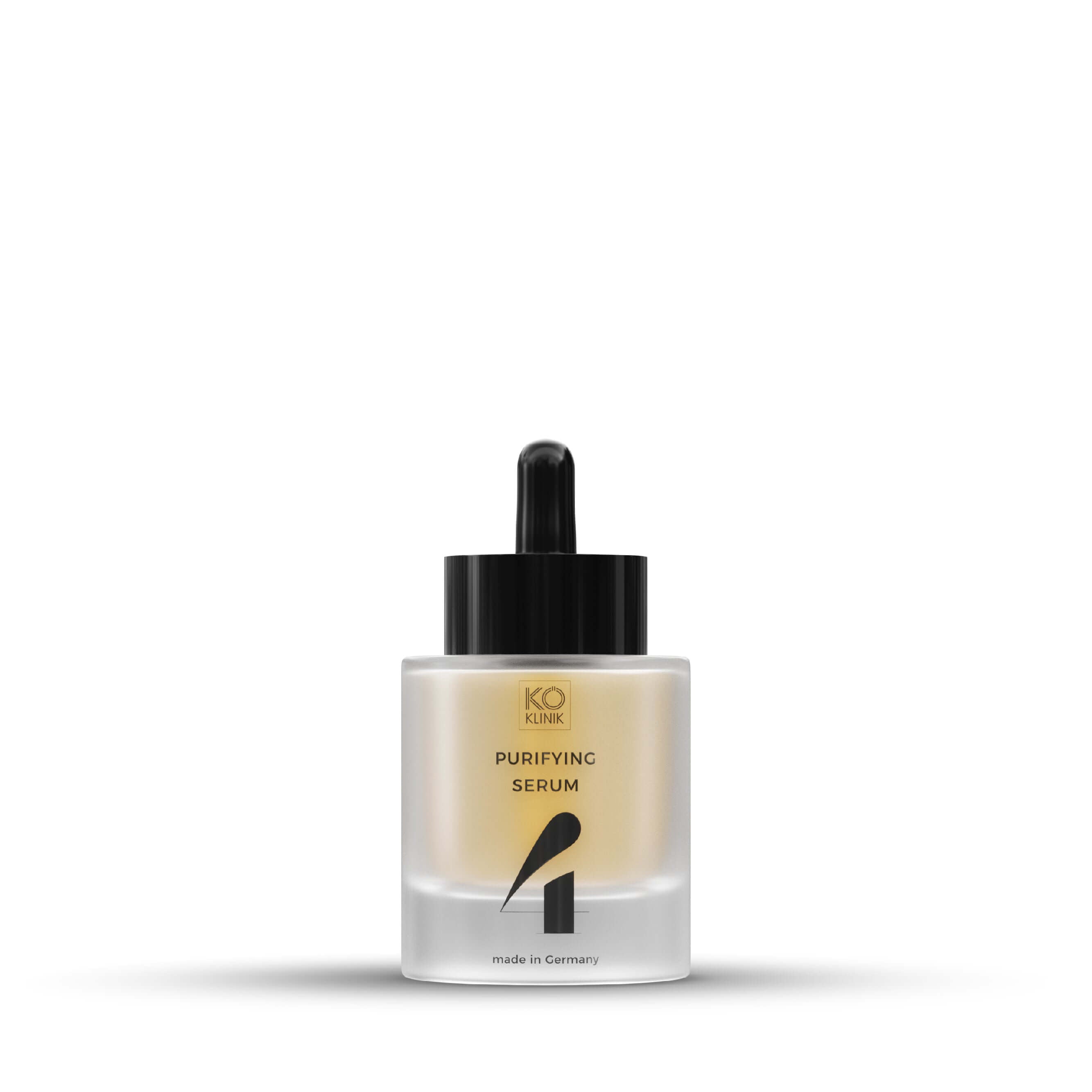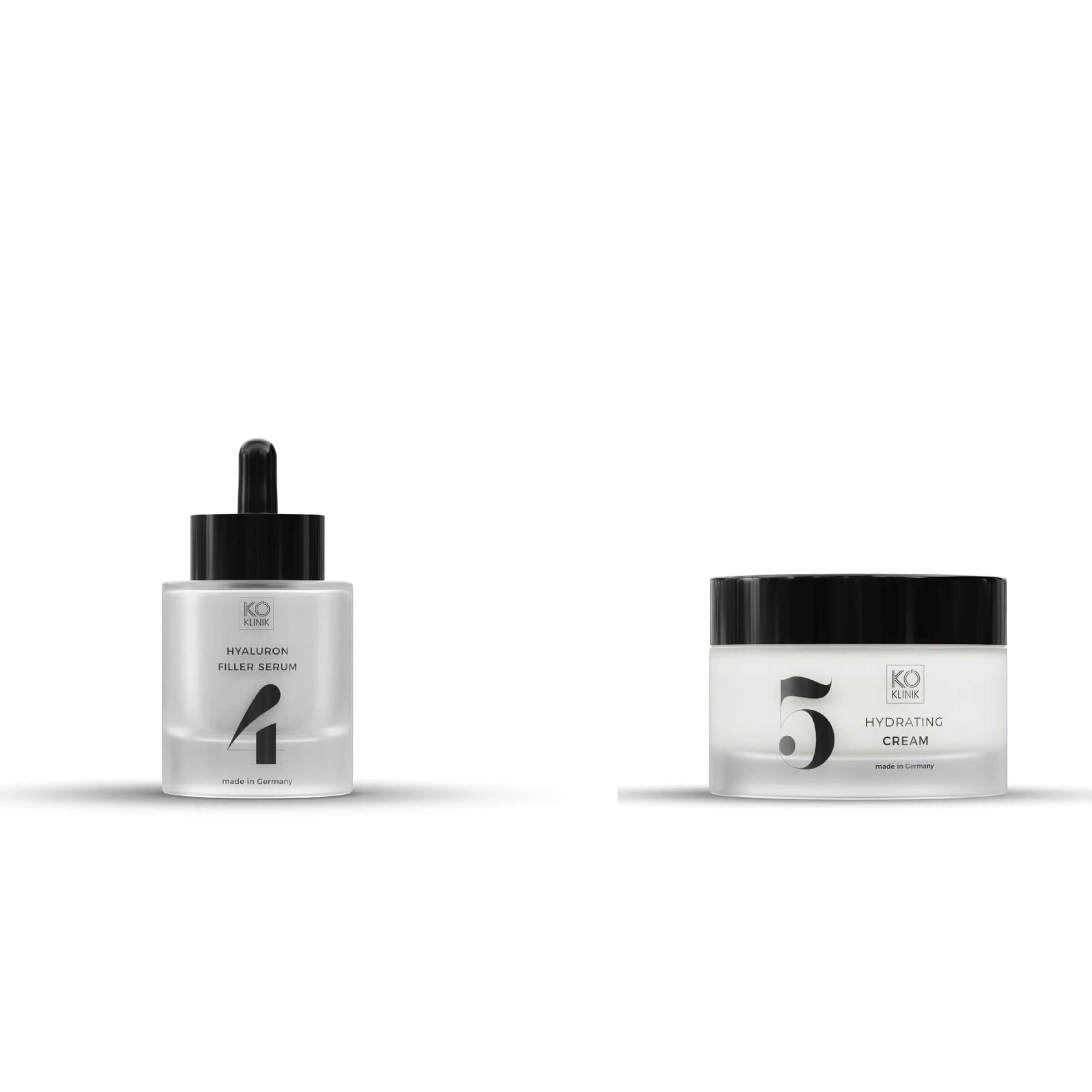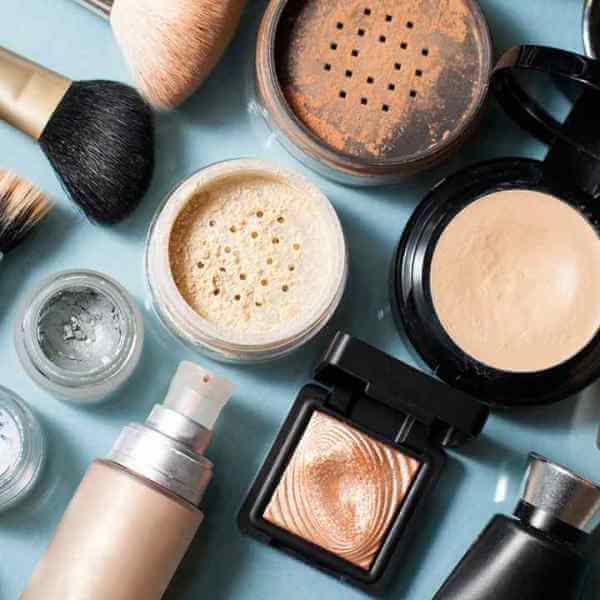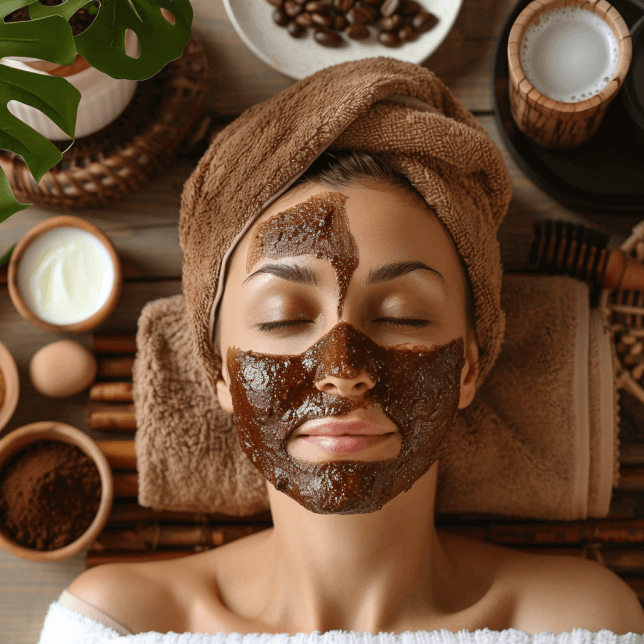Everything used to be... different - cosmetics over time

“We had nothing!” Other than this sentence, some cosmetic aberrations of the past cannot be explained. Or would you voluntarily smear toxic substances on your face? Well, there are still controversial active ingredients in cosmetic products today, but white lead?! Although it makes the complexion look elegantly pale, it is also highly toxic. This was well known, but hardly anyone was interested in it in the 16th century, the main thing was that your face was pretty pale.
But from the beginning. The first evidence of decorative cosmetics can be found in ancient Egypt. Both genders attached importance to emphasizing eyes, lips and nails with color. These colors were mainly made from natural substances such as tree bark, animal fats or beeswax, although substances such as the mineral cinnabar, which is now considered highly toxic, were used for dyeing.
By the way, the ancient Greeks invented the appropriate name for the products: cosmetics is derived from “kosméo”, which means something like “to organize” or “to decorate”. The Greeks really celebrated their personal hygiene and particularly indulged in bathing and massages in specially built bathhouses. A concept that the Romans immediately adopted. For them, the main focus was on the pleasant smell - it's not really surprising that they came up with the name "perfume", derived from per (through) and fumum (steam).
With the advent of Christianity, personal hygiene slowly but surely went downhill in Europe. Even into the late Middle Ages, putting too much effort into one's appearance was considered sinful and taking care of oneself went out of fashion. In the Renaissance, cosmetics experienced the same thing, but with rather strange excesses. This is where, for example, the white lead mentioned above comes into play again. Personal hygiene was pretty low on the annual to-do list; instead, people used perfume, cream, powder and anoint as much as they could to cover up the unpleasant body fumes.
Incidentally, this “body care” was exclusively reserved for the nobility. The common people had neither the financial resources nor the time to care about hygiene and appearance. Cosmetics as a mass product for everyone only became established in the 19th century as a result of the industrial revolution. Now soap found its way into almost every household and the first deodorants to combat sweat also appeared. From the 1920s onwards, decorative cosmetics as we know them today experienced their breakthrough. It was powdered, brushed and plucked again - across all social classes. From now on, almost every decade had its own make-up trend. From the porcelain doll faces of the 20s and 30s to the extreme eyeliner of the fifties and sixties to the brightly colored “anything goes” era of the 80s, a distinctive feature is still inextricably linked to a particular decade.
Since the millennium, there has been a trend towards a return to using ingredients that are as natural as possible. Bio, vegan and organic are not only important attributes for food. Oil, healing clays, activated charcoal and sea algae are currently popular for beautifying your complexion. Although you can also overdo it. A so-called Geisha Facial with nightingale feces for a radiant complexion is definitely a bit over the top for my taste. But what can you do for beauty? This will probably not have changed in 2,000 years.

